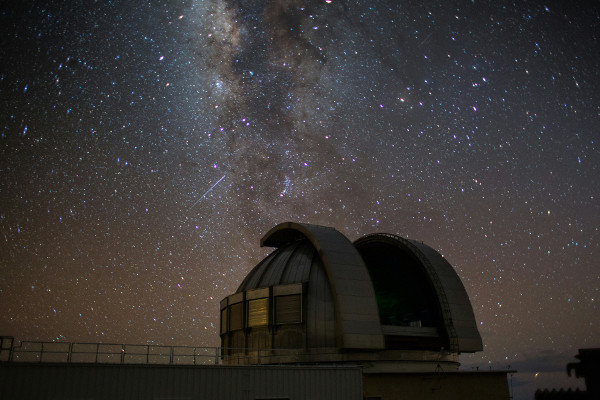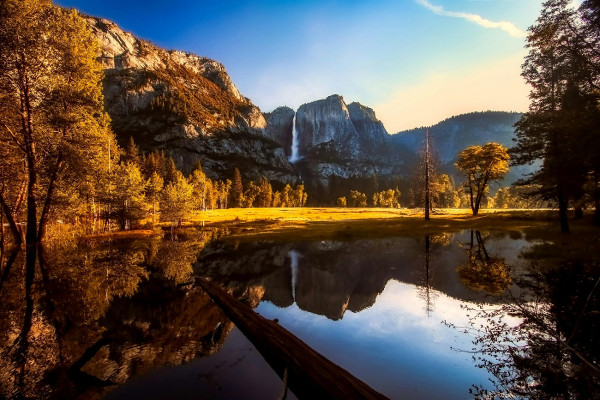How to Enjoy and Explore Stargazing: A Beginner’s Guide to the Night Sky
Stargazing is a simple yet magical way to connect with the universe and find calm amid daily stress. Whether you’re a total beginner or just curious, learning how to spot constellations, understand celestial events, or even photograph the night sky can transform your evenings. This guide offers friendly, practical advice that helps you start your stargazing journey with confidence, discover hidden wonders above, and enjoy peaceful nights filled with awe and inspiration.
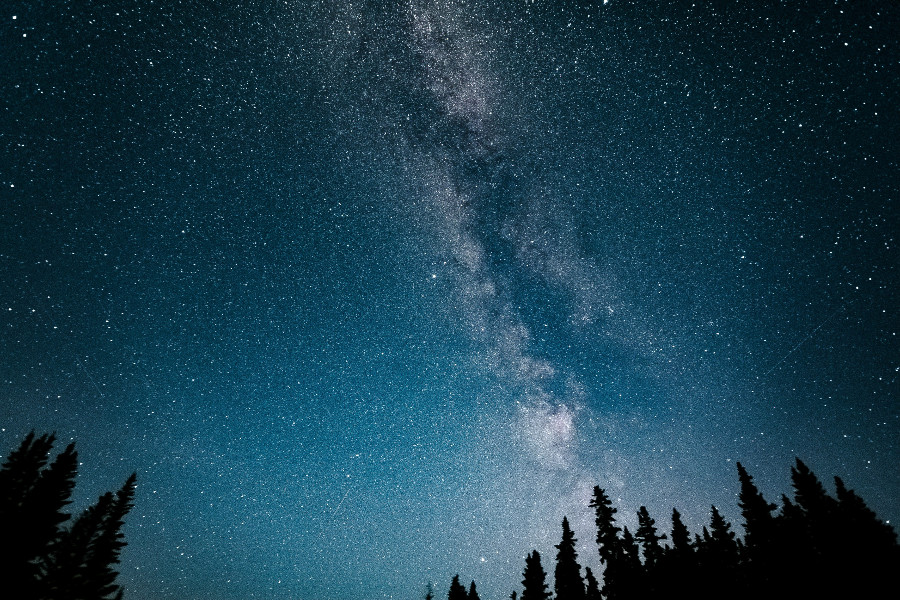
1. What is stargazing?
Stargazing is basically the simple act of looking up at the night sky and letting your eyes wander among the stars, planets, and the vast universe beyond. Humans have been fascinated by the stars for thousands of years, and it’s natural to feel connected when you step outside and see the endless expanse above. Stargazing isn’t just for scientists or people with fancy equipment – anyone can enjoy it, anywhere. It’s a way to slow down, feel small in a good way, and remind yourself of the bigger picture. When you’re overwhelmed by everyday life, a quiet night under the stars can help you pause, reflect, and reconnect with nature and the cosmos. It’s simple, calming, and endlessly inspiring.
2. Do I need a telescope to start stargazing?
No, you don’t need a telescope to begin enjoying stargazing. In fact, many of the wonders of the night sky are perfectly visible with just your eyes. You can spot bright stars, well-known constellations, and even some planets if you know when and where to look. Starting out without equipment helps you learn the sky’s patterns naturally, which makes the experience more meaningful. If you want to take it a bit further, binoculars are a great and affordable way to see more detail without the hassle of a telescope. So don’t wait for fancy gear – just step outside, let your eyes adjust to the dark, and enjoy the show.
3. What can I see in the night sky without any equipment?
Without any equipment at all, the night sky still has plenty to offer. You’ll easily see familiar constellations like Orion or the Big Dipper, and on clear nights, bright planets such as Venus or Jupiter might catch your eye. The Moon, with its changing shapes and visible craters, is always a fascinating sight. If you’re lucky enough to be somewhere dark, the Milky Way looks like a soft, glowing river stretching across the sky. Occasionally, shooting stars streak by, offering brief but magical moments. Even the International Space Station sometimes passes overhead, visible as a bright moving dot. All of this makes naked-eye stargazing a simple and rewarding way to connect with the universe.
4. How do I find constellations in the sky?
Finding constellations is easier than you might think, especially with a bit of help. The first step is to pick a few well-known constellations that are visible in your part of the world and season. Then, you can use star maps or smartphone apps that show you the sky in real-time, based on your location. These tools help you match star patterns above you with the names and stories they carry. Start with something obvious, like the Big Dipper, and use it as a guide to locate other stars and constellations nearby. Make sure you’re somewhere dark, and give your eyes time to adjust. With practice, reading the night sky becomes almost like learning a new language, revealing an incredible tapestry overhead.
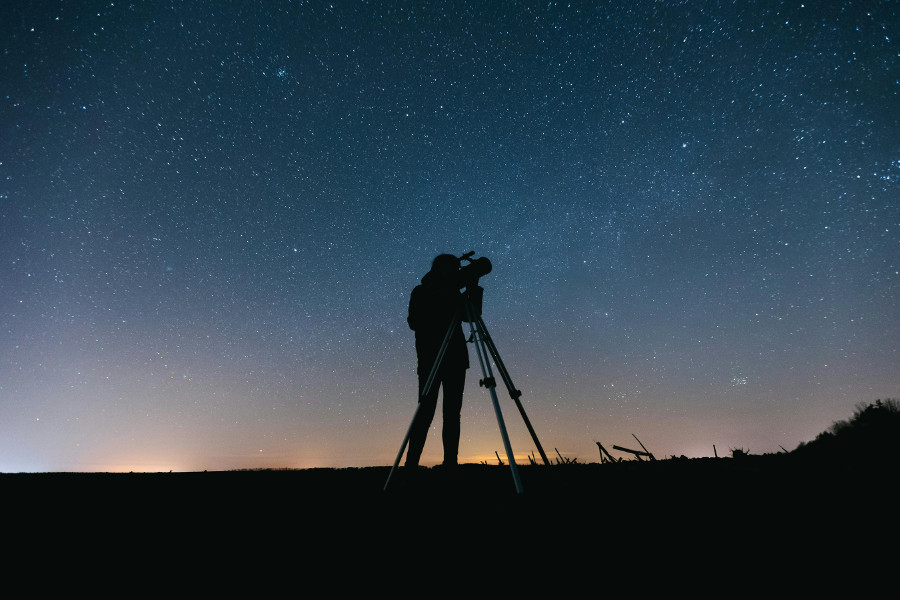
5. What are notable astronomical events during the year for stargazing?
Throughout the year, the night sky puts on special shows that stargazers love. Meteor showers, like the Perseids in August and the Geminids in December, are some of the most popular – offering dozens of shooting stars on a good night. Lunar eclipses, when the Earth’s shadow covers the Moon, happen several times a year and are fascinating to watch. Sometimes, the planets line up closely in the sky, creating bright, beautiful conjunctions. Other events include supermoons, when the full Moon looks bigger and brighter, and rare solar eclipses, which are breathtaking but require safety precautions. Keeping an eye on astronomy calendars or apps can help you catch these moments and feel part of something bigger.
6. At what locations in the world can I see the Milky Way the most clearly?
The Milky Way looks its best far away from city lights, in places where the sky is truly dark and the air is clear. Some of the world’s best spots include Mauna Kea in Hawaii, the Atacama Desert in Chile, and Namibia’s vast deserts – each offering incredible views thanks to their remote, high-elevation locations. In the United States, places like Big Bend National Park or Bryce Canyon are famous for their dark skies. Australia’s Outback and New Zealand’s South Island also offer breathtaking views of the Milky Way’s glowing band. The best time to see it is during the summer months when the core of the galaxy is visible, and it’s always best on nights without a bright moon washing out the stars.
7. How does light pollution affect stargazing?
Light pollution is basically the unwanted glow from artificial lights – like street lamps and buildings – that fills the night sky and makes it harder to see stars. When you’re in a city, the sky looks washed out and many stars disappear from view. This means that faint objects like the Milky Way, nebulae, and distant galaxies are almost impossible to see. Light pollution doesn’t just spoil stargazing; it also affects wildlife and disrupts natural rhythms for people. That’s why many stargazers seek out dark-sky parks or rural areas where artificial lights are minimal. It’s also why people encourage better outdoor lighting that reduces glare and skyglow, so we can all keep enjoying the magic of a star-filled night.

8. What are meteor showers, and when can I see them?
Meteor showers happen when Earth passes through clouds of debris left behind by comets, and these tiny particles burn up in the atmosphere, creating bright streaks of light called meteors or shooting stars. They occur regularly throughout the year, with some of the best-known showers being the Perseids in August and the Geminids in December. On their peak nights, you can sometimes see dozens of meteors per hour, lighting up the sky with brief flashes. You don’t need any special gear – just find a dark spot, lie back, and watch patiently. The best time is usually after midnight when your location is facing into the debris stream, and a dark, moonless night will make the experience even better.
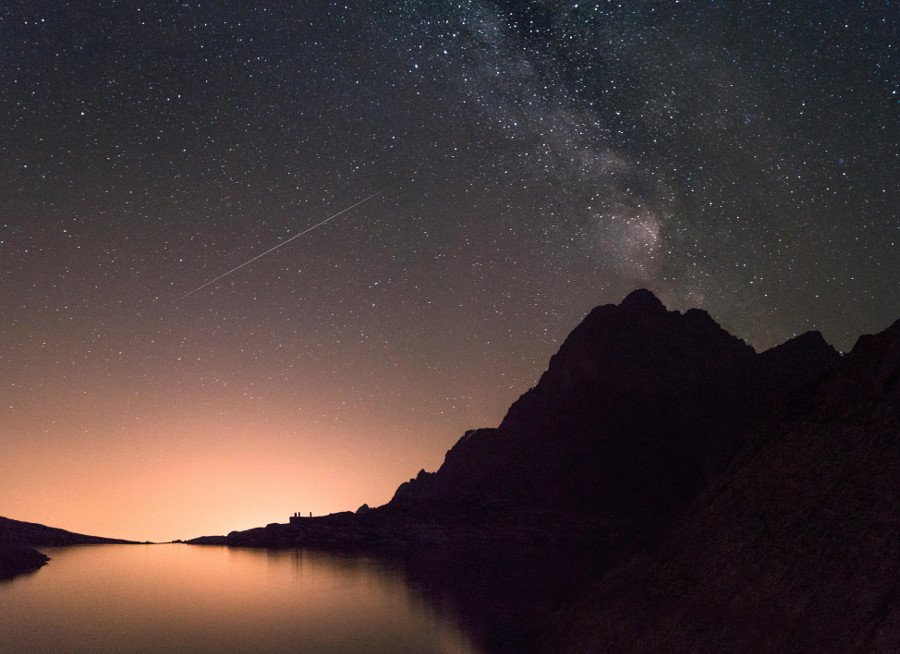
Here are a few useful links:
- NASA’s Night Sky Notes – Stargazing for Beginners
- Space.com Space exploration and astronomy news
- r/Stargazing forum
9. What should I bring for a comfortable stargazing experience?
For a cozy night under the stars, bring a comfortable chair or blanket so you can lean back and relax while watching the sky. Dress warmly – even in summer, nights can get chilly – so layering is key. A red flashlight is helpful because it lets you see without spoiling your night vision. Don’t forget bug spray if you’re in a buggy area, and pack some snacks and water to keep you refreshed. A star chart or stargazing app will help you find your way among the stars. If you plan to stay out a while, consider a thermos with a warm drink and maybe a sleeping bag or extra padding for comfort. And always check the weather and moon phase before heading out to pick the best night.
10. How can I learn more about astronomy?
Learning about astronomy is easier than ever, with lots of resources available for curious minds. Start by reading books or websites that explain the basics in simple language. There are great online courses offered by universities on platforms like Coursera and Khan Academy that guide you step-by-step. Smartphone apps can turn your phone into a personal star guide, showing you what’s overhead anytime. Visiting planetariums and science museums lets you experience astronomy hands-on. Many communities have astronomy clubs that welcome beginners for stargazing nights and talks. Watching documentaries or listening to podcasts about space can also deepen your understanding. No matter how you start, astronomy is a wonderful way to satisfy your curiosity about the universe.
11. Can stargazing improve mental health?
Yes, stargazing can be a wonderful way to boost your mental well-being. Spending time outside, looking up at the night sky, encourages mindfulness – it helps you slow down and be present in the moment. The vastness of the stars can inspire awe and wonder, which is known to reduce stress and increase feelings of happiness. It also puts everyday worries into perspective, reminding us how small our troubles are in the grand scheme of things. Being in a peaceful, natural setting away from busy urban life adds to this calming effect. For many people, stargazing becomes a form of therapy – a chance to find quiet, reflect, and recharge emotionally.
12. How do I photograph the night sky?
Photographing the night sky is easier than you might think, but it takes a bit of practice and the right gear. You’ll want a camera that lets you control settings manually, a sturdy tripod, and ideally a wide-angle lens with a large aperture to catch more light. Find a dark location with clear skies, then set your camera to a high ISO and a long exposure time, usually between 10 and 30 seconds. Focus manually on a bright star or distant light, and use a remote shutter or timer to avoid shaking the camera. Apps like PhotoPills can help you plan for moon phases and special events. Try including some interesting foreground like trees or mountains to make your photos more dynamic. Keep experimenting – it’s all part of the fun!
Have fun exploring the stars under the night sky.

